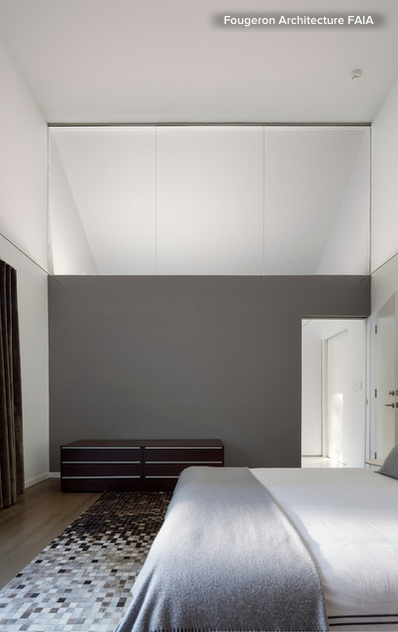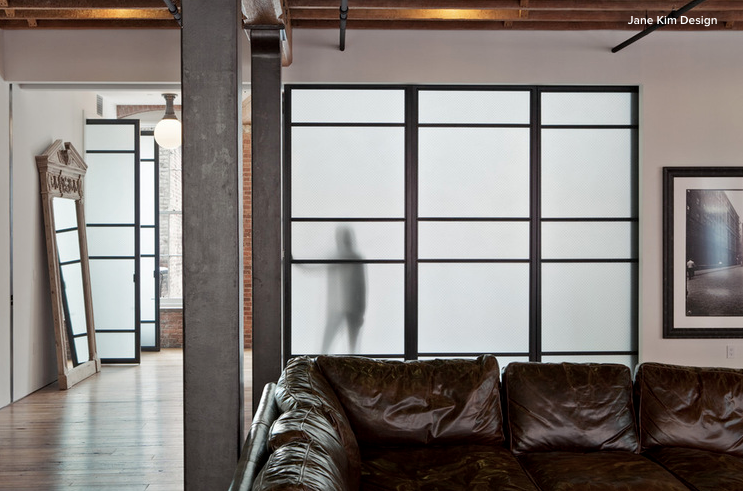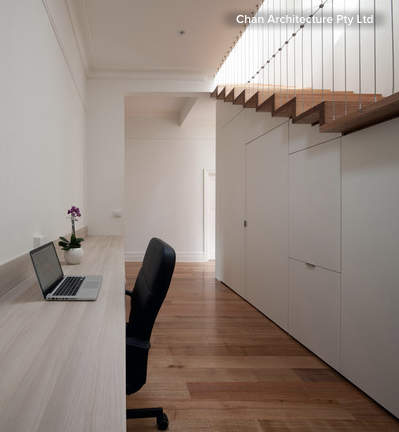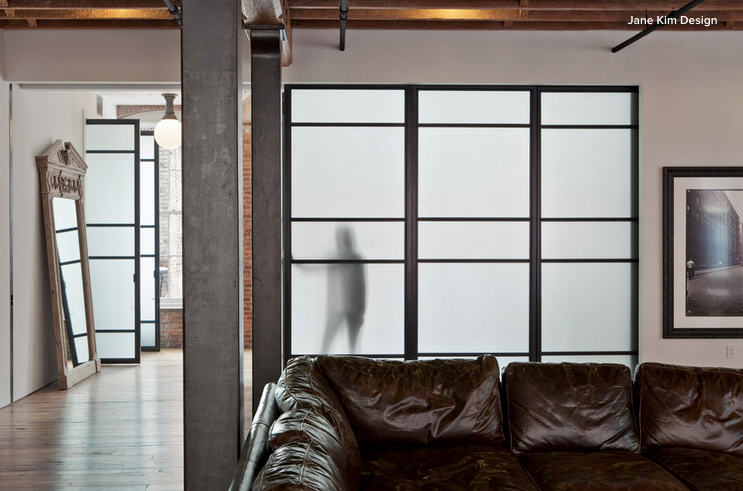How to Borrow Light & Harness its Energy
Eric Reinholdt, a Houzz Contributor and Residential Architect, writes:
In 1915 the 38-story Equitable Building in New York City was the largest office building in the world. Containing 1.2 million square feet of office space, it consumed nearly every available square foot of its diminutive lot and cast an equally large shadow on its neighborhood in lower Manhattan. Its construction inspired the enactment of the city’s 1916 Zoning Resolution, which was designed to preserve access to light and air at the street level. The resolution prescribed specific limitations for a building’s envelope — its outer walls — and would go on to shape the stepped forms that you see today on many of the iconic towers in the city.
This underscores the importance that access to daylight had in shaping even the largest of cities, the individual buildings that make up those cities and, more broadly, sensible building design. With an increasing focus on sustainable design practices, the smart use of natural daylight in our homes is no longer a luxury — it has become a necessity. At the heart of any good daylighting strategy is a concept of “borrowed” light: the capture of light falling on the exterior of a home and transporting it to the spaces where it’s needed.

The sun delivers an incredible amount of light energy to us each day. To get an idea of just how much, it helps to understand the standard by which we use to measure light intensity: the foot-candle. The light from a full moon is roughly 1 foot-candle, while the sun’s illuminance on a cloudless day is roughly 10,000 foot-candles. Of course, clouds and the filtering effects of glass can reduce the actual amount of light that reaches the interiors of our homes by 50 to 90 percent. But 1,000 to 5,000 foot-candles is still an amazing amount of light, given that we need only around 35 foot-candles to comfortably read by.
Harnessing this light energy isn’t as simple as placing a window on an exterior wall. Interior rooms without access to an exterior wall or spaces oriented in a way that restricts access to adequate daylight are common problems, each with a unique solution. Here’s a look at some solutions:
Walls.
Interior walls built to collect and disperse light rather than restrict it are one solution. The wall shown here gathers indirect light from an adjacent light-filled bathroom and capitalises on the reflective nature of the bath’s wall surfaces to diffuse it into the bedroom. Clear glass will transmit the greatest amount of light into adjacent spaces. And because the glass here is positioned above eye level, the bath remains private and sound-isolated.

Because translucent materials reflect, absorb and scatter light, they make great walls for borrowing light. The degree of translucency will affect just how much light is scattered. The effect is similar to obscuring direct sight but preserving the passage of daylight. Diffused light is comfortable and limits eyestrain.
Stairs.
Another option and an efficient vehicle for borrowing light in a home is the stairway. It’s a natural conduit for illuminating an often light-starved lower level. If the stair can be positioned to capture and reflect light from above by either fully glazing it or using a skylight, it’s even more effective.

View the full original article – ‘Design Workshop: How to Borrow Light’ here
The Living Space is brought to you by Viridian New World Glass.
